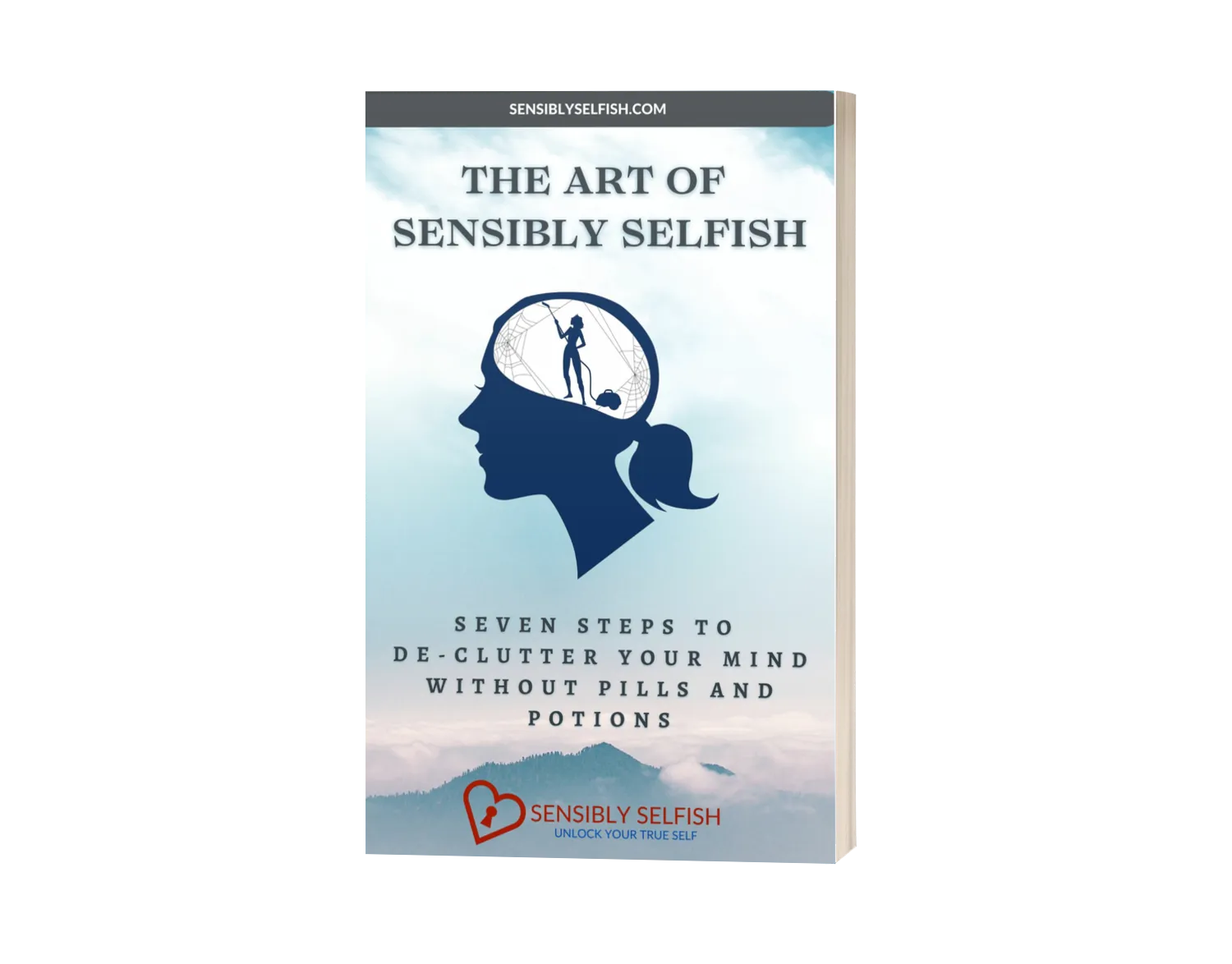Reclaim Vitality Through Exercise
The Self-Care Spotlight
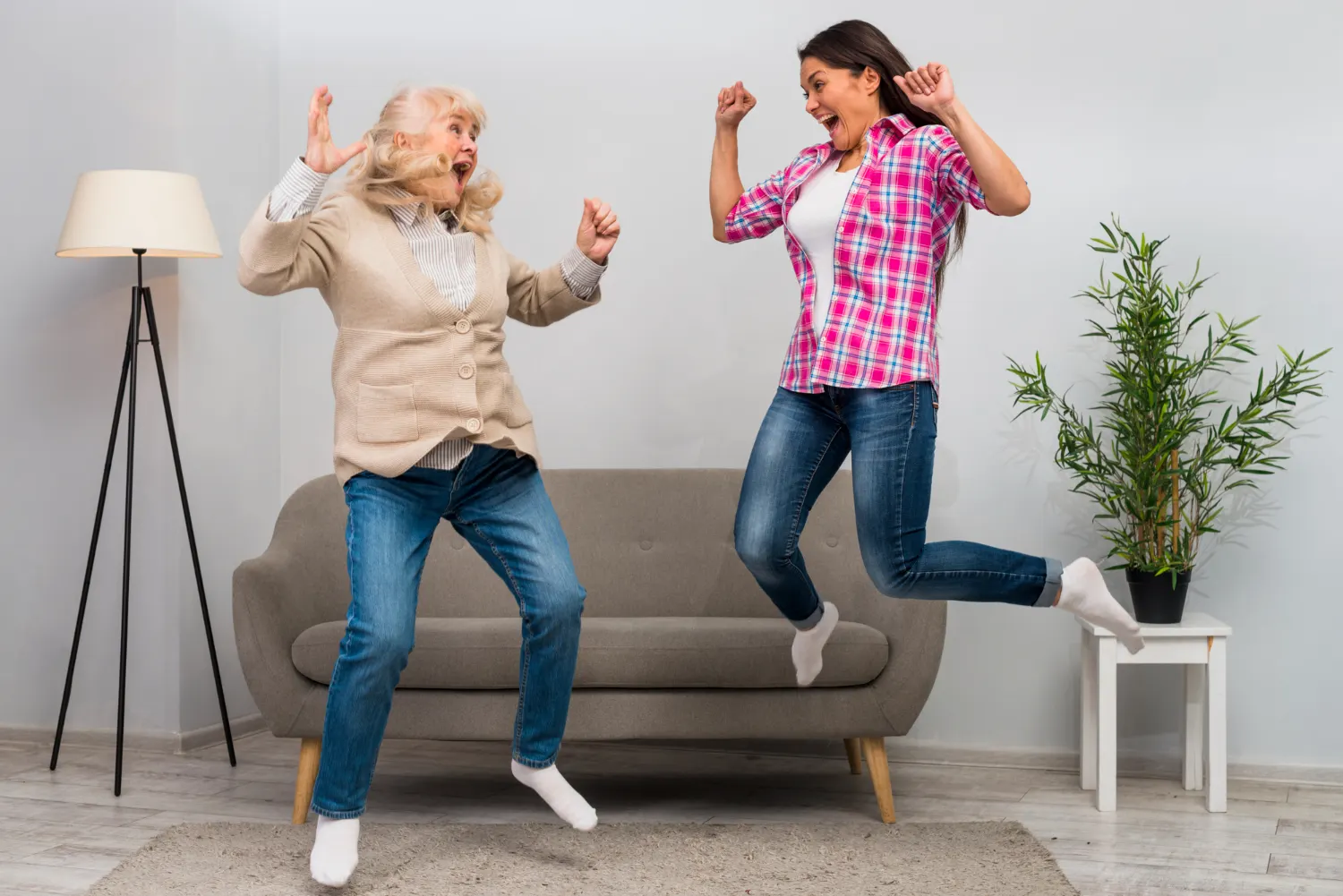
[Toc]
Are you a woman over 45 looking to reclaim your vitality, maintain a healthy weight, and enjoy life to the fullest? Is joint pain, weight gain, or dwindling energy holding you back from embracing life after 45? Ready to break free from conventional fitness norms and discover a holistic exercise routine that aligns with nature's wisdom? Then this post is for you.
Discover the transformative power of exercise tailored to your unique needs and unleash the sensibly selfish approach to your well-being. Uncover the secrets to staying active, agile, and mentally sharp as we delve into the myriad benefits of exercise for women over 45. Meet Sally, a 51-year-old trailblazer, and find inspiration in her journey of renewal and self-discovery through gentle practices that leave her feeling better than ever.
Ten Reasons To Exercise
Here are some specific reasons why exercise is important for women over 45:
Maintaining a healthy weight: Metabolism tends to slow down with age, making it easier to gain weight. Regular exercise can help women over 45 maintain a healthy weight by burning calories and increasing lean muscle mass.
Preserving muscle mass and strength: As women age, they naturally lose muscle mass. Strength training exercises can help counteract this loss and maintain muscle strength, improving mobility and reducing the risk of falls and fractures.
Bone health: Postmenopausal women are at a higher risk of osteoporosis, a condition characterized by weakened bones. Weight-bearing exercises like walking, jogging, or resistance training can help improve bone density and reduce the risk of fractures.
Cardiovascular health: Regular exercise can improve cardiovascular health, reduce the risk of heart disease, and lower blood pressure and cholesterol levels.
Mental health and cognitive function: Exercise has been shown to release endorphins, which can help improve mood and reduce stress, anxiety, and depression. Physical activity also supports cognitive function and may reduce the risk of age-related cognitive decline.

Hormonal balance: Exercise can play a role in regulating hormonal changes that occur during perimenopause and menopause, potentially reducing symptoms like hot flashes and improving sleep.
Diabetes prevention: Regular exercise can help improve insulin sensitivity and reduce the risk of developing type 2 diabetes.
Joint health: Low-impact exercises like swimming or cycling can help improve joint health and reduce the risk of joint-related issues.
Social benefits: Group exercise classes or physical activities can provide an opportunity for social interaction and support, reducing feelings of isolation and loneliness.
Quality of life: Overall, regular exercise can enhance the quality of life for women over 45 by boosting energy levels, improving self-esteem, and promoting a sense of well-being.
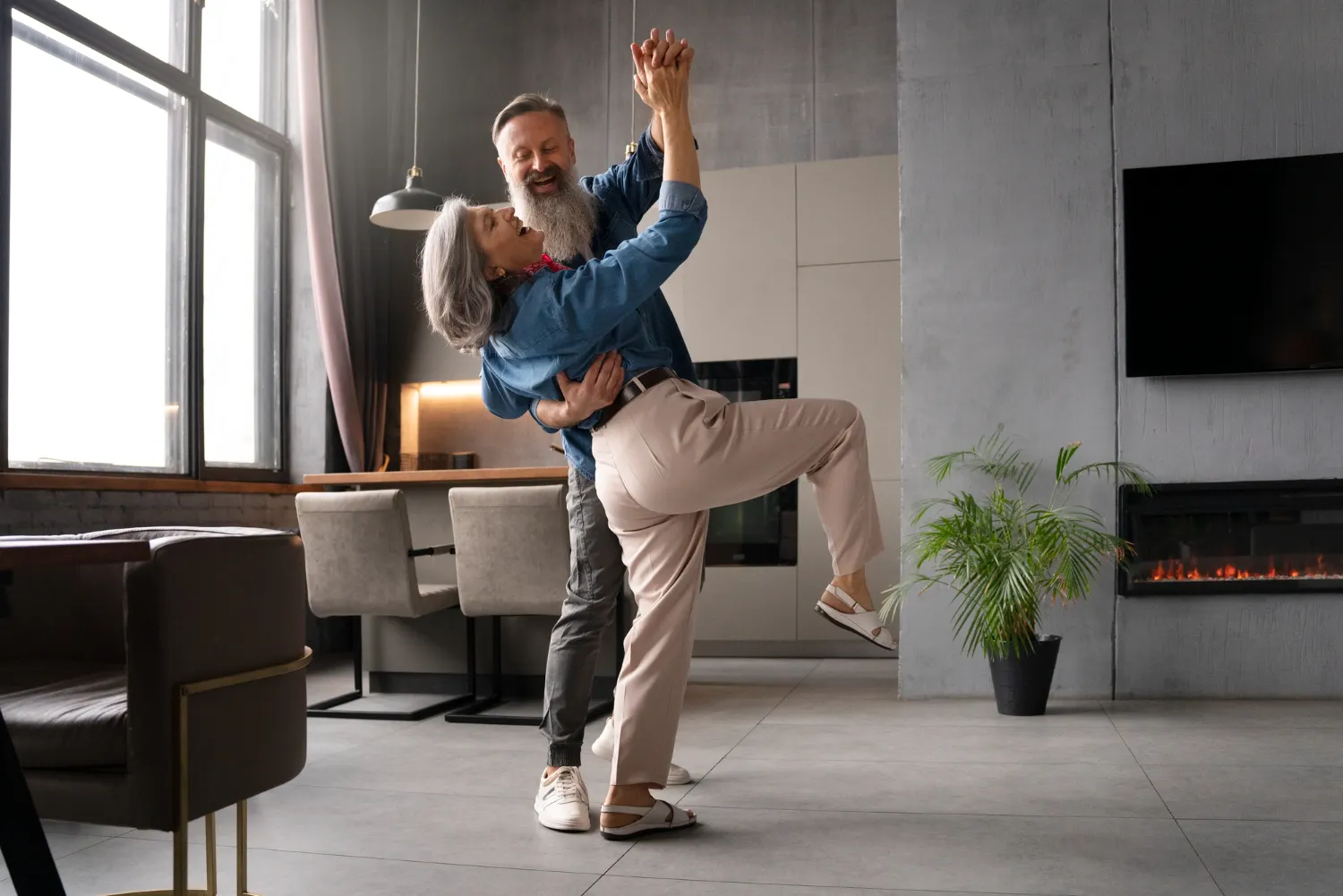
The Types of Exercise Great for Midlife Women
Aerobic Exercise: Aerobic exercises, also known as cardiovascular exercises, are essential for overall health. They get your heart rate up and help improve cardiovascular fitness. Options such as brisk walking, jogging, swimming, cycling, dancing, and aerobics classes are fantastic choices for women over 45. These exercises not only burn calories and aid in weight management but also improve lung capacity and circulation.
Strength Training: Strength or resistance training is crucial for preserving muscle mass and preventing age-related muscle loss. It involves using weights, resistance bands, or bodyweight exercises to challenge and strengthen muscles. As women age, strength training becomes even more important to support bone health and maintain functional independence. Focus on exercises that target major muscle groups, such as squats, lunges, push-ups, and bicep curls.
Yoga and Pilates: Both yoga and Pilates offer a range of benefits for women over 45. They enhance flexibility, balance, and posture while promoting relaxation and stress reduction. Yoga is particularly beneficial for joint health and can alleviate stiffness and discomfort. Pilates, on the other hand, targets core strength and stability, which is essential for supporting the spine and improving overall body alignment.
Tai Chi: Tai Chi is a gentle and low-impact exercise that combines slow, flowing movements with deep breathing and meditation. It is excellent for balance, coordination, and stress reduction. The slow and controlled movements make it suitable for women with joint issues, and it can be easily adapted to different fitness levels.
Water Aerobics: Water aerobics is a fantastic option for women over 45, especially those with joint pain or mobility challenges. Exercising in water reduces the impact on joints while providing resistance for a full-body workout. It helps improve cardiovascular health, strength, and flexibility.

Cycling: Cycling, whether outdoors or using a stationary bike, is a low-impact exercise that is gentle on the joints. It can be an enjoyable way to get some fresh air and improve cardiovascular fitness. Consider joining a cycling group or club for added social benefits.
Dancing: Dancing is not only a fun and enjoyable form of exercise but also offers a range of health benefits. It improves cardiovascular fitness, balance, and coordination while lifting spirits and boosting mood. Various dance styles, such as Zumba, ballroom dancing, or even just dancing around the house, can be excellent options.
Paddle Sports: If you have access to a lake or river, paddle sports like kayaking and stand-up paddleboarding provide a fantastic full-body workout. These activities engage the core, arms, and upper body while being gentle on the joints.
Mindful Walking: Walking is one of the simplest and most accessible forms of exercise. Incorporating mindfulness into your walks can enhance the experience and reduce stress. Pay attention to your surroundings, focus on your breath, and be present in the moment.
Sexercise: Last but no means least sexercise can be an enjoyable and intimate way to stay active for women over 45. Regular sexual activity can have physical and emotional health benefits, such as reduced stress, improved mood, and enhanced cardiovascular health. It's essential to prioritize intimacy and pleasure in a relationship, and if both partners are willing and able, sex can be an excellent addition to a well-rounded exercise routine.
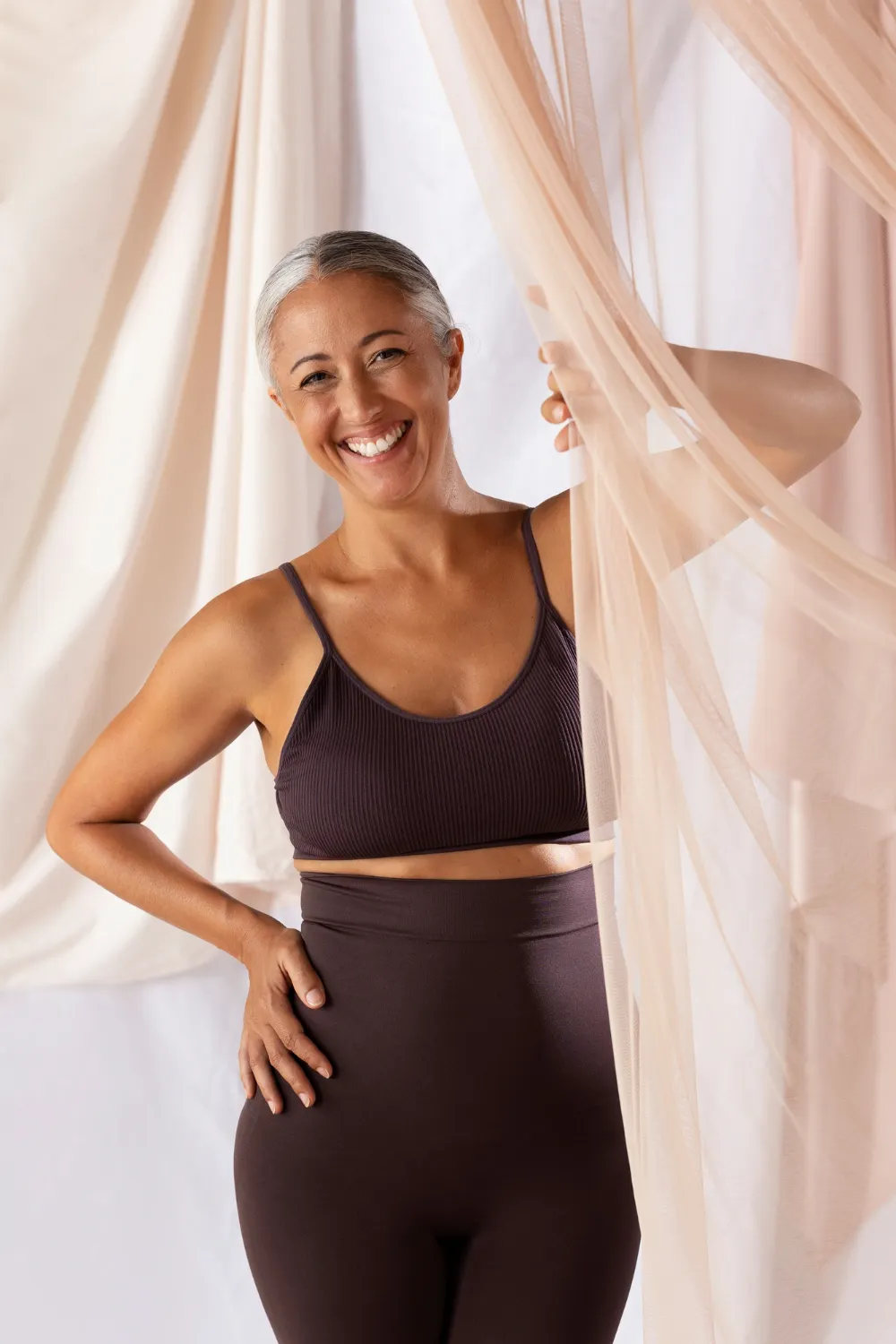
Case Study: Sally
Meet Sally, UK based, aged 51, who has always been passionate about staying fit and active. For years, she indulged in her love for running, relishing the rush of endorphins and the feeling of freedom it brought her. However, Sally's fitness journey took an unexpected turn when she stumbled upon an intriguing article about the Hazda tribe in Africa and their nomadic lifestyle. Fascinated by their unique way of living, where women only ran when faced with danger, therefore rarely put their bodies in stress mode, Sally decided to explore alternative exercise options to emulate their balanced approach to physical activity.
As she gracefully transitioned into her 50s, Sally began experiencing discomfort in her knees during her regular runs. Concerned about the impact on her joints, she made the difficult decision to set aside her beloved running routine. This change left a void in her life, but Sally was determined to find a new path to stay fit and healthy.
Around the same time, menopause brought its own set of challenges. Sally noticed a gradual increase in her weight, and to her dismay, she started experiencing occasional bouts of back pain. It was a wake-up call for her to prioritize her well-being and make necessary adjustments to her lifestyle.
Responding to her body's cues, Sally began to explore gentler forms of exercise that still connected her with nature and allowed her to maintain her fitness level without overstraining her joints. She turned to daily walks in the serene embrace of nature, appreciating the healing power of the outdoors. The rhythmic pace of her walks not only supported her physical health but also provided a much-needed mental respite from the demands of daily life.
Seeking an active practice that catered to her changing body, Sally discovered Bowspring yoga. This innovative form of yoga focuses on alignment, breath, and fluidity of movement. Unlike traditional yoga styles, Bowspring encourages a more dynamic and holistic approach, creating balance and strength throughout the entire body. Sally fell in love with the practice, as it not only helped her manage her weight and back pain but also offered a sense of empowerment and vitality that she hadn't experienced before.
Sally's journey is a testament to the importance of adaptability and self-awareness in one's fitness routine, especially as we age. By listening to her body and exploring alternative options, she not only found a new passion in Bowspring yoga but also discovered the profound healing effects of connecting with nature through her daily walks.
As Sally continues to embrace her sensibly selfish approach to fitness and well-being, she serves as an inspiration to women over 45, encouraging them to prioritize self-care, explore new possibilities, and find joy in the ever-evolving journey of maintaining a healthy and fulfilling life.
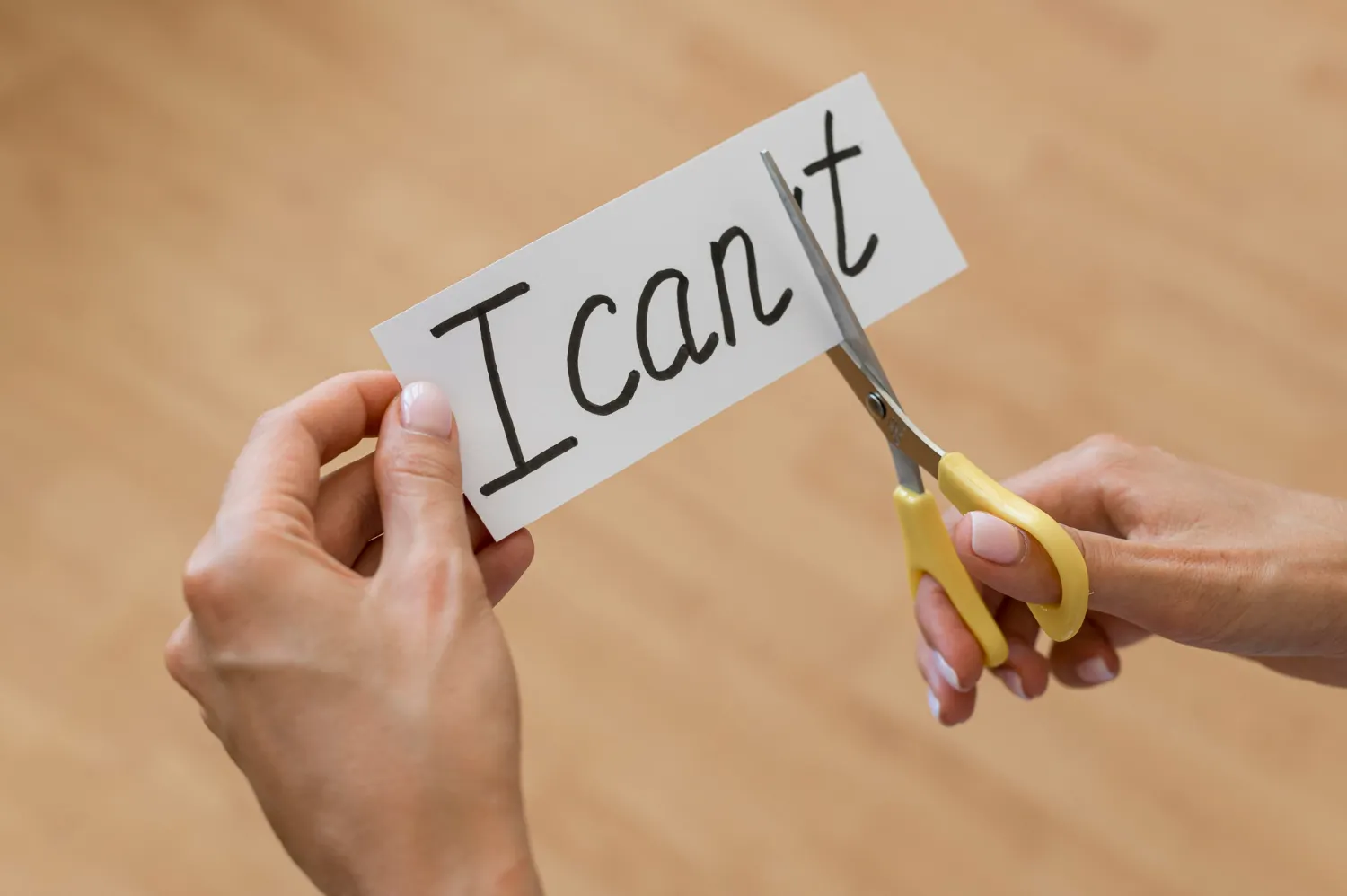
Before You Start
Below are a few additional points that can enhance your exercise experience:
Safety and Consultation: It's essential to consult with a healthcare professional before starting any new exercise regimen, especially for women over 45 who may have pre-existing health conditions or concerns. A healthcare provider can provide personalized advice and help tailor an exercise plan that suits individual needs and limitations.
Nutrition: While the focus of the post is on exercise, do not underestimate the significance of a balanced and nutritious diet for women over 45. Proper nutrition plays a crucial role in supporting overall health, weight management, and energy levels.
Hydration: As women age, their bodies may become less efficient at signaling thirst, leading to an increased risk of dehydration. It is important to stay hydrated during exercise and throughout the day.
Warm-Up and Cool-Down: Include warm-up and cool-down exercises as part of your routine. Warming up prepares the body for exercise while cooling down helps prevent muscle soreness and aids in recovery.
Rest and Recovery: Rest and recovery are integral parts of any exercise program. Adequate sleep and rest days are essential for allowing the body to heal and rebuild after physical activity.
Consistency and Progression: Consistency in an exercise routine will create long-term benefits. Progress gradually in your workouts, and challenge yourself appropriately as your fitness level improves.
Find Joy in Exercise: Fitness should be enjoyable and sustainable. Explore various activities and find what brings them joy. When exercise is enjoyable, it becomes more of a lifestyle than a chore.
Setting Realistic Intentions: Set realistic and achievable fitness goals. Whether it's increasing daily steps, mastering a new yoga pose, or participating in a local fun run, having clear and attainable goals can be motivating.
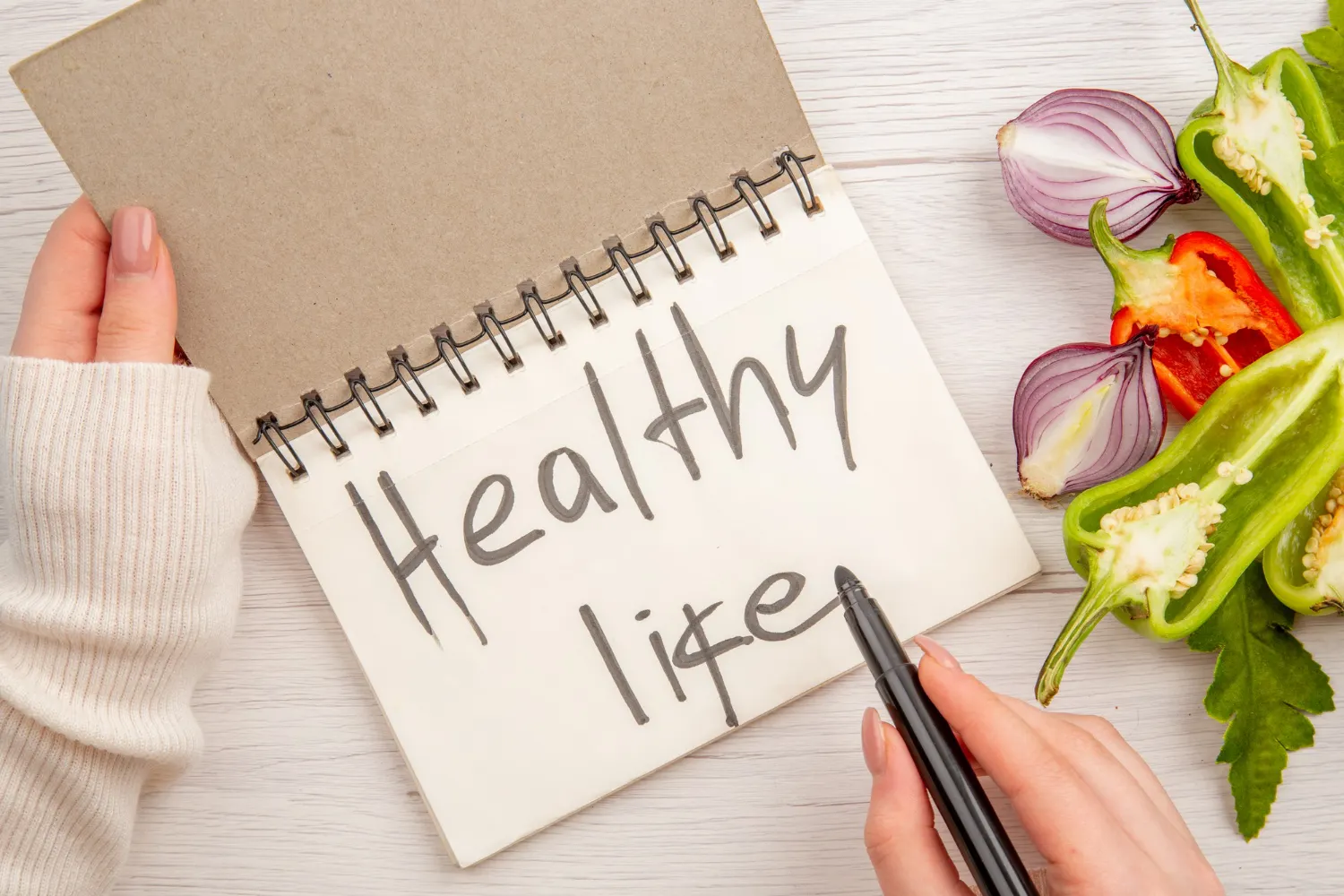
Prioritize Your Health
Exercise is a vital component of a healthy lifestyle for women over 45. Being Sensibly Selfish maintains a healthy weight and preserves muscle mass to promote bone health, cardiovascular fitness, and mental well-being, regular physical activity offers a multitude of benefits.
Exercise can play a crucial role in balancing hormones, preventing diabetes, and improving joint health. Whether it's aerobic exercises, strength training, yoga, or dancing, there's a wide range of activities that can be tailored to individual preferences and fitness levels.
So, make the commitment to prioritize your health and well-being by incorporating exercise into your daily routine, and enjoy the many positive effects it brings to your life. Remember to consult with a healthcare professional before starting any new exercise program, especially if you have pre-existing medical conditions or concerns. Stay active, stay healthy, and embrace the power of exercise for a happier and more fulfilling life after 45. Let us know how you get on.









